Computing Systems: Devices
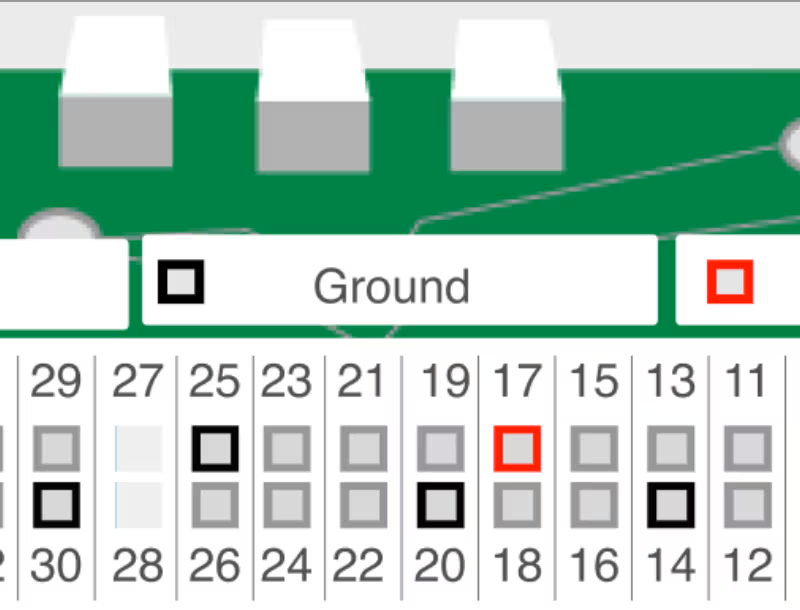
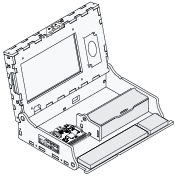 Piper Computer Kit
Piper Computer Kit
Now that you have used the 5E instructional model throughout these lessons, apply the same model to these projects. Use the PiperCode Project Guides and the CS and NGSS standards as your reference for generating questions to ask students as you walk the room observing their progress.
At the conclusion of each project, have students stop for an evaluation.
Go around the room to each team and have students demonstrate and explain their solution for the circuit built and the code created. Use the pictures in the Projects Guide’s breadboard components picture and code solution as your solution guides, and provide feedback and praise to each student.
(OPTIONAL): Have students add more to the PiperCode Ideas Map.
Have students document the project in their Piper Journal. Include Pseudocode, their block code, and a sketch of the circuit created. They should note any roadblocks and how they troubleshot solutions, or how they might build it differently in the next iteration. Evaluate their Piper Journals and teamwork with a rubric.
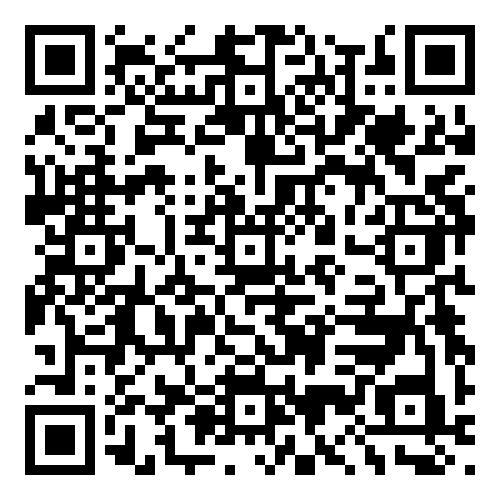 Data Scientist: Salary $103,500/yr
Data Scientist: Salary $103,500/yr
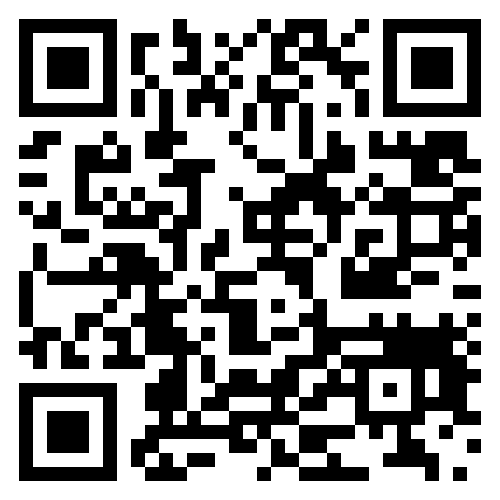 Graphic Designer: Salary $58,910/yr
Graphic Designer: Salary $58,910/yr
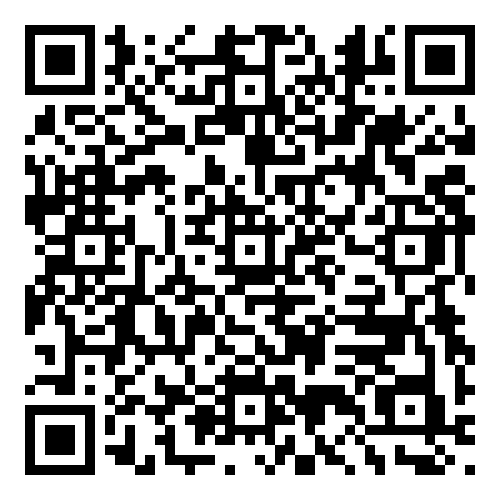 Software Developer: Salary $127,260/yr
Software Developer: Salary $127,260/yr
 Video Game Designer: Salary $83,240/yr
Video Game Designer: Salary $83,240/yr
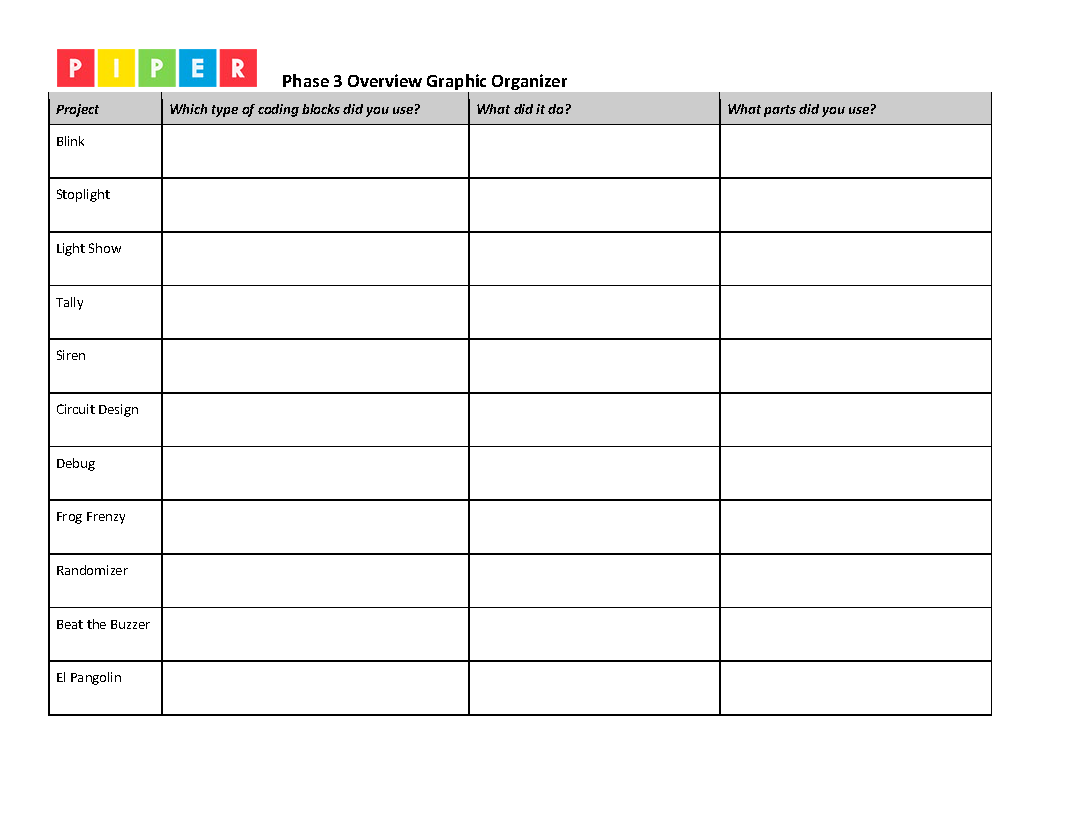 DOWNLOAD
DOWNLOAD
Pseudocode An informal description of a computer program's or other algorithm's operating principles, written for a human to understand instead of a computer.
Current The measure of the flow of electricity. Specifically, how many electrons pass through a point in a conductor or wire in a given amount of time. Current is measured in units called Amperes, or Amps for short.
Software A set of instructions or programs that tell a computer or electronic device what to do. Software controls the hardware and makes it possible to perform tasks, play games, or run applications.
We are excited to be aligned with the following standards.

| Concepts | Standards |
|
Computing Systems: Devices |
CA 3-5.CS.1 Describe how computing devices connect to other components to form a system. (P7.2) |
|
Computing Systems: Hardware & Software |
CA 3-5.CS.2 Demonstrate how computer hardware and software work together as a system to accomplish tasks. (P4.4) 6-8.CS.2 Design a project that combines hardware and software components to collect and exchange data. (P5.1) |
|
Computing Systems: Troubleshooting |
3-5.CS.3 Determine potential solutions to solve simple hardware and software problems using common troubleshooting strategies. (P6.2) 6-8.CS.3 Systematically apply troubleshooting strategies to identify and resolve hardware and software problems in computing systems. (P6.2 |
|
Algorithms & Programming: Algorithms Variables Control Modularity Program Development |
3-5.AP.11 Create programs that use variables to store and modify data. (P5.2) 3-5.AP.12 Create programs that include events, loops, and conditionals. 3-5.AP.13 Decompose problems into smaller, manageable tasks which may themselves be decomposed. (P3.2) 3-5.AP.14 Create programs by incorporating smaller portions of existing programs, to develop something new or add more advanced features. (P4.2, P5.3) 3-5.AP.17 Test and debug a program or algorithm to ensure it accomplishes the intended task. (P6.2) 3-5.AP.18 Perform different roles when collaborating with peers during the design, implementation, and review stages of program development. 6-8.AP.10 Use flowcharts and/or pseudocode to design and illustrate algorithms that solve complex problems. (P4.1, P4.4) 6-8.AP.11 Create clearly named variables that store data, and perform operations on their contents. (P5.1, P5.2) 6-8.AP.13 Decompose problems and subproblems into parts to facilitate the design, implementation, and review of programs. (P3.2) 6-8.AP.14 Create procedures with parameters to organize code and make it easier to reuse. (P4.1, P4.3) 6-8.AP.15 Seek and incorporate feedback from team members and users to refine a solution that meets user needs. (P1.1, P2.3) 6-8.AP.17 Systematically test and refine programs using a range of test cases. (P6.1) 6-8.AP.19 Document programs in order to make them easier to use, read, test, and debug. (P7.2) |
|
Impacts of Computing and Social Interactions |
3-5.IC.22 Seek and explain the impact of diverse perspectives for the purpose of improving computational artifacts. (P1.1) 6-8.IC.22 Collaborate with many contributors when creating a computational artifact. (P2.4, P5.2) |
|
Practices |
P1. Fostering an Inclusive Computing Culture P2. Collaborating Around Computing P4. Developing and Using Abstractions P5. Creating Computational Artifacts P6. Testing and Refining Computational Artifacts |
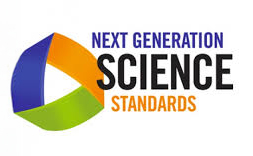
| Concept | Standard |
|
Make observations to provide evidence that energy can be transferred from place to place by sound, light, heat, and electric currents. |
|
|
Apply scientific ideas to design, test, and refine a device that converts energy from one form to another. |
(4-PS3-4) |
|
Generate and compare multiple solutions that use patterns to transfer information. |
(4-PS4-3) |
|
Generate and compare multiple possible solutions to a problem based on how well each is likely to meet the criteria and constraints of the problem (Performance Expectation). |
|
|
Plan and carry out fair tests in which variables are controlled and failure points are considered to identify aspects of a model or prototype that can be improved. (P.E.3.4.7) |
|
|
Integrate qualitative scientific and technical information to support the claim that digitized signals are a more reliable way to encode and transmit information than analog signals. |
(MS-PS4-3) |
|
Digitized signals (sent as wave pulses) are a more reliable way to encode and transmit information (inputs and outputs). |
(MS-PS4-3) |
|
Evaluate competing design solutions using a systematic process to determine how well they meet the criteria and constraints of the problem. |
|
|
Optimizing the Design Solution Different solutions need to be tested in order to determine which of them best solves the problem, given the criteria and the constraints. |